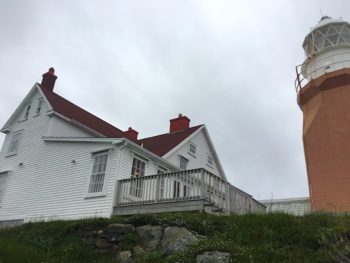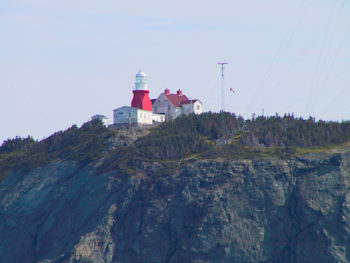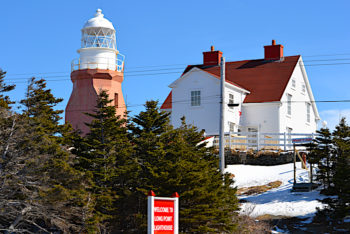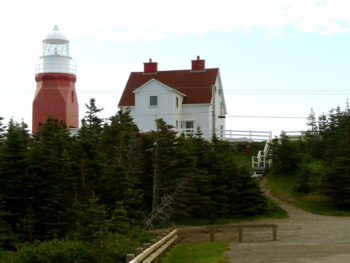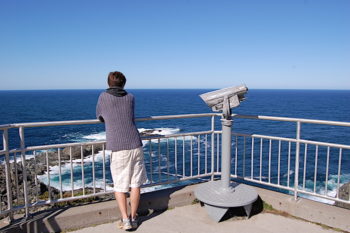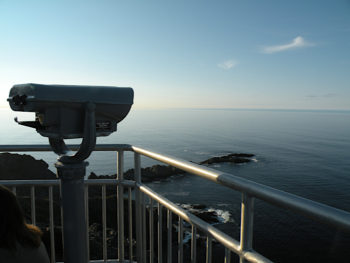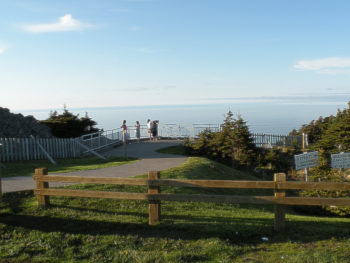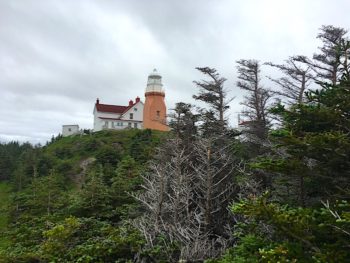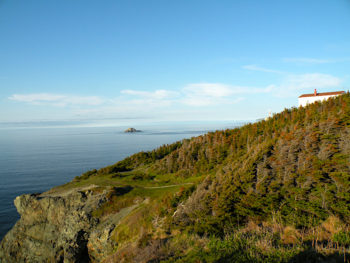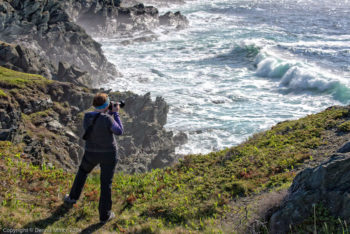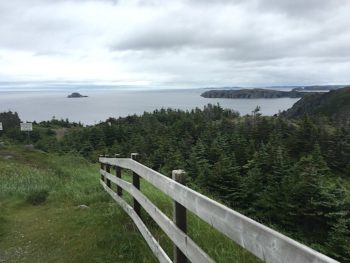Meeting with giants is just the tip of the iceberg.
-
What is there to do in Twillingate?
What is there to do in Twillingate? Our fellow Newfoundland […]
December 19, 2025 -
Position for Night Supervisor
About Us: Anchor Inn Hospitality, which includes the Anchor Inn […]
April 4, 2025 -
An Opportunity to Join the Anchor Inn Team in 2026
The Anchor Inn Hospitality has jobs available for 2026, and […]
January 3, 2025
News
Long Point Lighthouse
Photo Opportunity

Long Point Lighthouse
Long Point Lighthouse, one of the most photographed landmarks on the Northeast Coast of Newfoundland, is located at Crow Head, Twillingate.
More than 300 feet above sea level, this is a lookout point where thousands of visitors every year enjoy the panoramic view of the Atlantic Ocean with the possibility of viewing icebergs, whales, seals and sea birds.
Operational Year-round
Once operated by several full-time lighthouse keepers, it guided ships safely on foggy and stormy nights. Today, the lighthouse is still operational but is now operated by only one lighthouse keeper year-round.
Visit Long Point Lighthouse during summer where exhibits tell the stories of the culture and history of the people of Twillingate. Tours to the lighthouse tower are also offered during summer.
Start of Long Point Hiking Trail
On a blustery or foggy day, be sure to zip up, but on brighter days, stroll along the groomed trails around the lighthouse or for the more adventurous, hike the cliff trails to Sleepy Cove.
History

Long Point Lighthouse
Long Point Light Station, built in 1876, includes a two-and-a-half storey double dwelling, four outbuildings – a fog alarm/equipment building, workshop, storage shed and well house – and a parcel of land.
The Light Station is located on a prominent headland at the entrance to Notre Dame Bay from where it provides an open view of the islands that dot this section of coast, of shipping activities and of icebergs that drift south in the spring. The station has been well known to mariners and local residents since its construction and is perhaps the most prominent man-made feature in the region.
From its prominent location, Long Point has provided navigational aid to countless ships navigating the busy shipping and fishing route. During the second half of the 19th century, the Newfoundland colonial government, in cooperation with Britain and Canada, established inexpensive but effective light stations around its coastline.
Long Point was established not because it was crucial to overseas shipping but for the welfare of countless fishermen and coastal traders engaged along the northeast coast.
Long Point was the base for life-saving and weather reporting services in the region. Fishermen, sealers and hunters relied heavily on the services pr0vided at Long Point and consequently held light-keepers in great esteem.
